Spirit of India
Murugan Temple Palani Hills India
Mother Masala Tours
Hilltop Magnificence
Murugan Temple Palani Hills India. An ancient testament to spiritual devotion and Tamil cultural heritage. Revered as one of the six holiest shrines - Arupadai Veedu, of Murugan, the Tamil god of war and wisdom, this iconic temple sits atop the Sivagiri Hill. The site's significance comes not just from religious practice but from centuries of history, legends, and dynastic influences. The name "Palani" is derived from the Tamil word "Pazham," meaning "fruit," symbolizing the story of Murugan's journey to enlightenment. At a height of 1,500 feet, it stands as a beacon of reverence and centuries-old Tamil worship. We take the cable car offering breathtaking panoramic views of surrounding valleys. This eight-minute aerial journey provides stunning photography opportunities while comfortably avoiding the 693-step climb.
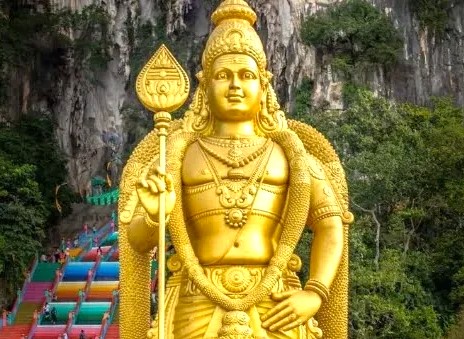
Murugan Temple Palani Hills India: Origins in Devotion
The origins of the Sivagiri Hill as a spiritual site date back thousands of years to the Sangam period - 300 BCE. The local Tamil people regarded hills as embodiments of divine power and often worshipped Murugan as the protector of lands and people. Over time, this sacred site attracted wandering sages and devotees who believed the hill offered access to wisdom and peace. Historical documents and oral traditions suggest that the site became central to Tamil worship long before the construction of the temple itself.
Tribal Beginnings
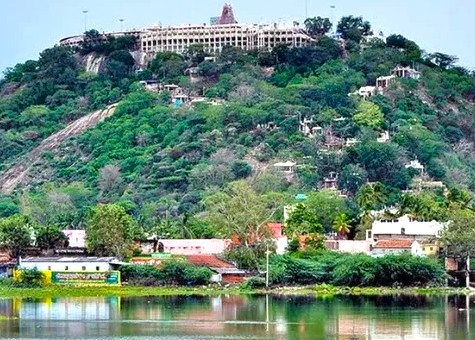
Before the temple’s construction, the Sivagiri Hill was inhabited by indigenous tribes such as the Pulayars and Malasars. These early settlers lived in close connection with nature, worshipping the hill and its surroundings as sacred elements. Tribal rituals included the offering of grains and water to appease and honor the divine energies they believed resided here. Natural resources provided sustenance, while its elevation gave these tribes a sense of safety against external threats, creating a harmonious relationship with their environment. Their customs honored the environment each day.
The Pandya Expansion
Murugan Temple Palani Hills India. During the reign of the Pandya Dynasty in the 7th century CE, the temple experienced considerable expansion. The Pandyas constructed stone pathways leading to the temple, facilitating easier access for devotees. They also introduced traditional forms of Tamil temple design, focusing on intricate carvings and sacred sanctums. Their rulers centralized Palani as a gathering point for festivals, linking their kingdom’s spiritual life with its political ambitions.
Vijayanagara Influence
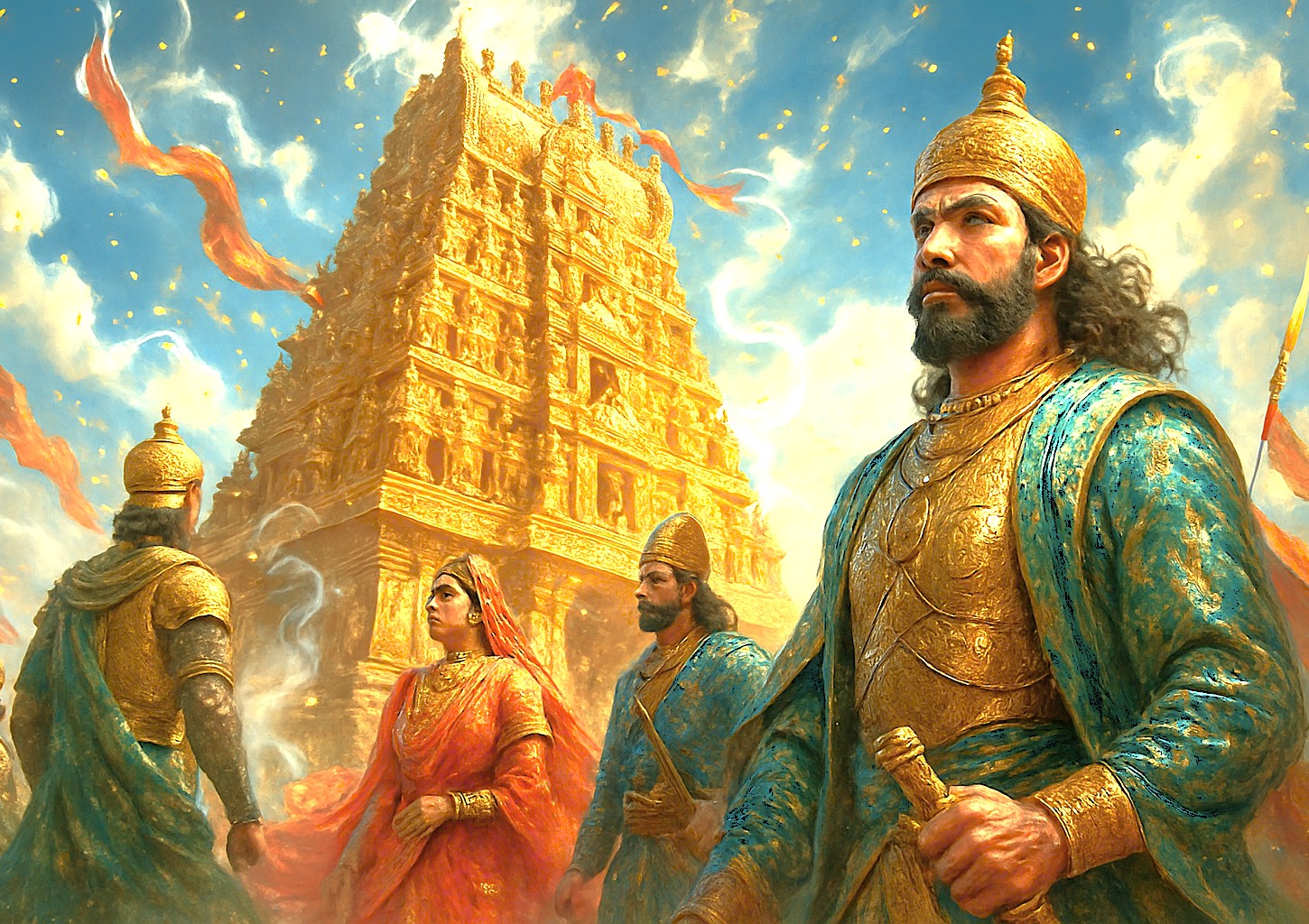
With the rise of the Vijayanagara Dynasty in the 14th century, the Temple underwent another transformative phase. Their rulers added grand halls, monolithic pillars, and expansive courtyards, creating the temple complex seen today. The construction of the temple’s iconic gold-plated Gopuram - tower, gave it a majestic identity. Over time, the Vijayanagara rulers also established administrative bodies to manage influxes of pilgrims during annual festivals such as Thaipusam. This expansion improved facilities for devotees, making the pilgrimage more accessible.
Food and Prasadam Traditions
The temple’s prasadam, especially the famed Panchamirtham, is a culinary hallmark. This sacred offering is prepared from bananas, jaggery, cardamom, honey, and cow ghee, a mix symbolizing the fertility of Tamil Nadu’s lands. Historically, kitchens at the temple would produce enough Panchamirtham to serve at least 5,000 devotees during festivals. Other communal meals include simple rice, lentils, and vegetable stews, all cooked in large stone vessels, reflecting traditional diet patterns and Tamil hospitality.
Annual Festivals
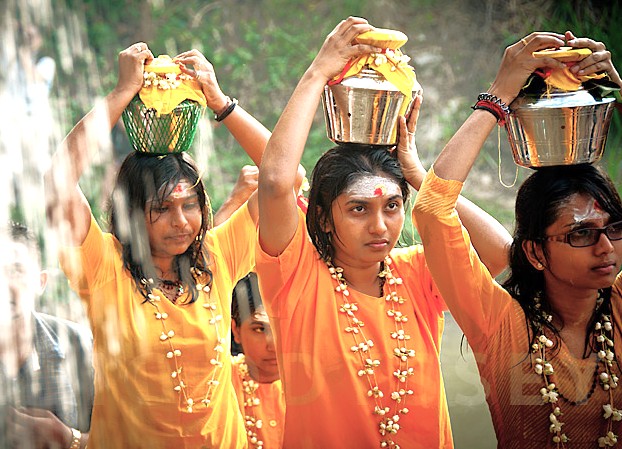
Murugan Temple Palani Hills. The temple is the site of vibrant annual celebrations that draw thousands of devotees. Thaipusam, observed during January or February, marks the celestial event in which Murugan defeated evil forces. Another major festival is Panguni Uthiram, celebrated in March or April, highlighting marriage vows and divine union. Devotees undertake challenging pilgrimages, climbing 693 steps or taking the winch car, while carrying kavadis as offerings. These acts of devotion show strong faith. The air fills with chants and music. These events are important parts of local culture.
A Taste of Palani's Blessings
The food of Palani is a blessing for the senses. At the Murugan Temple, the most famous offering, or prasadam, is the divine Panchamirtham, a sweet, sacred mixture of five nectars that tastes truly heavenly and is believed to carry the deity's grace. Beyond the temple walls, the town invites you to savor simple yet delicious South Indian vegetarian fare. From crispy dosas to fluffy idlis served with flavorful sambar, every meal nourishes both the body and soul, completing your pilgrimage experience with authentic and satisfying local flavors.
Legend of the Sacred Mango
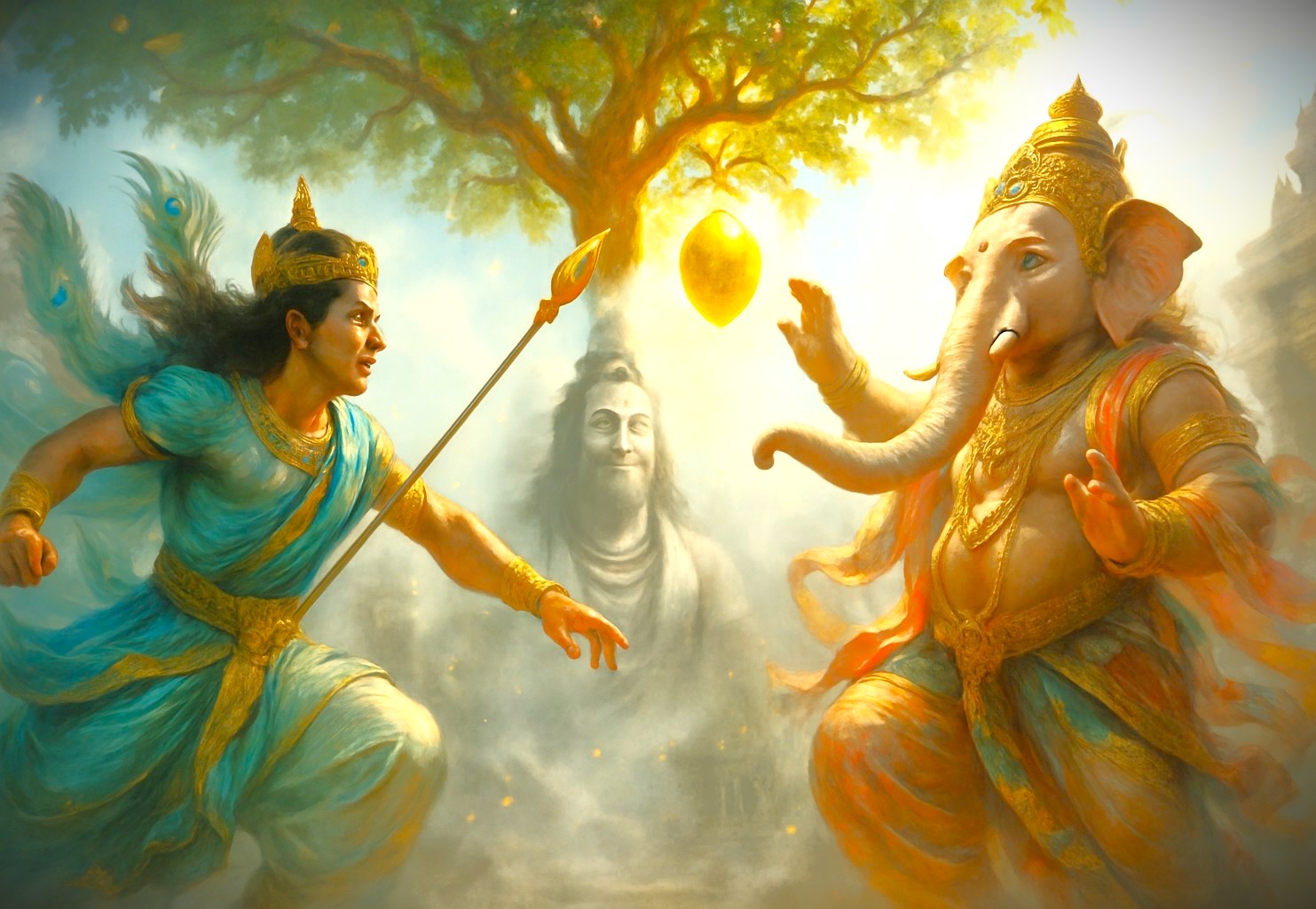
Entrenched in the legend of Murugan’s dispute over a divine fruit. When Lord Shiva held a contest between his sons, Murugan and Ganesha, to win the sacred mango, a profound lesson about wisdom unfolded. Murugan’s journey of realization and inner enlightenment ultimately led him to make this serene hill his permanent abode. This foundational story is etched in daily temple rituals, where the fruit represents wisdom and spiritual detachment. This tale shapes the area's spiritual importance. It offers insight into devotion. The hill became a sacred refuge for introspection.
Wisdom Starts With “ What If " - Join Us
Holy Cow! It’s India, join us, this temple is more than just a hilltop shrine - it is a confluence of spirituality, history, and cultural legacy. From ancient tribal practices to the dynastic expansions that shaped its sacred landscape, Palani continues to inspire devotion and cultural pride. As pilgrims ascend the hill and offer their prayers, they connect with a timeless tradition that transcends eras. Palani stands as an enduring reminder of Tamil heritage, where every ritual, structure, and story reflects a profound connection between humanity, faith, and the divine.
The Mutual Benefits of Exchange
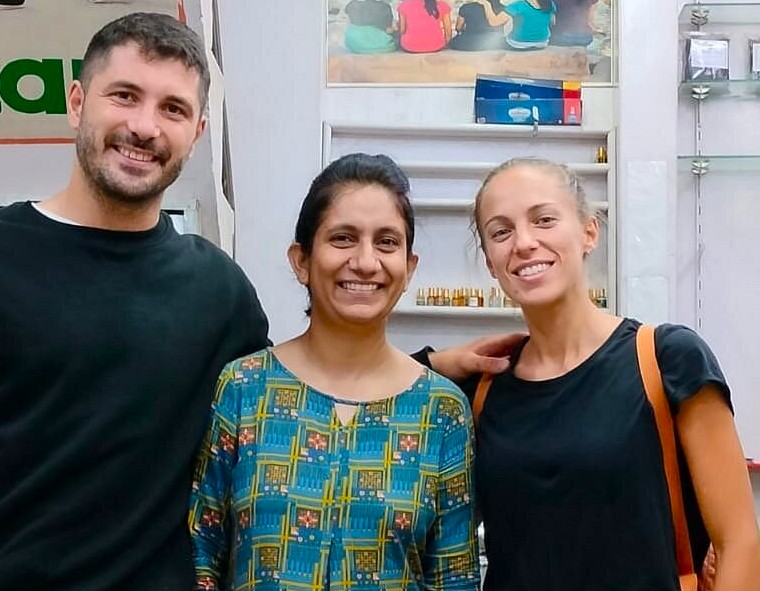
Murugan Temple Palani Hills India. The relationship between the Murugan Temple community and its visitors is one of beautiful mutual benefit. Visitors arrive seeking spiritual solace, a connection to the divine, and a chance to witness timeless traditions, finding peace and inspiration. In return, their presence brings life and vibrancy to the temple. It supports its upkeep and ensures its legacy continues. The local community is given the opportunity to share its cherished culture, traditions, and hospitality. This heartfelt exchange enriches everyone, creating a powerful cycle where devotion is sustained and cultural heritage is honored.